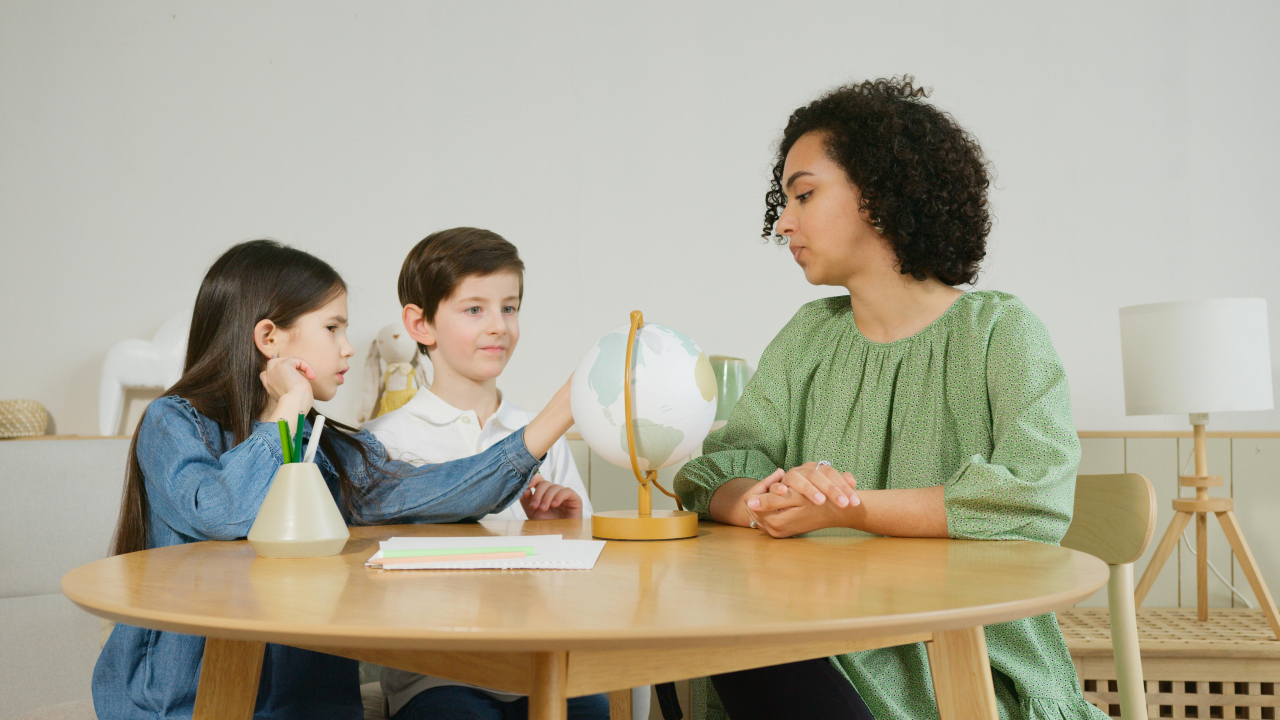Innovative Solutions for Inclusive Math Education
According to the 2022 American Community Survey (ACS), there were an estimated 600,000 children with vision difficulties in the U.S. This estimate includes approximately 290,000 males and 310,000 females under the age of 18. We all know that teachers are doing their best to enhance inclusive learning in classrooms, and the truth is that every child has the right to quality education and learning. As a teacher, my role is to identify challenges and find solutions to create a safe educational environment that supports our future leaders and makes them happy.

As a math teacher, I noticed that one of the challenges visually impaired students face is understanding mathematical graphs. While they can listen to and understand other mathematical concepts, grasping graphs is more difficult. How can they imagine what a graph looks like? How challenging is it for them to follow the teacher's instructions about translations, reflections, or intersections? It can be embarrassing for these students when others understand how a graph looks or how to translate it, while they struggle to visualize it.
I interviewed several teachers to understand how they deliver the concept of mathematical graphs to visually impaired students. Many of them told me they draw the graph on the student's palm, which helps the student imagine the drawing. While this is a good solution, it may not build long-term confidence. Will the student feel comfortable when the teacher needs to draw on their palm repeatedly? Will they remember the drawing for a long time? The answer is likely no. They may feel embarrassed asking the teacher to draw it again.
As a solution, I worked using Autodesk Fusion and created a hand-sized cube that contains a mathematical graph and a Braille title. This allows the student to touch and feel the graph, helping them to remember the drawing longer. By feeling where the intersection is, they can begin to imagine translations and other transformations.
This educational cube has great potential, especially as it becomes more interactive and covers various graphs across different grades.The cube was tested by a visually impaired grade 12 student at our school, who loved it. We presented the idea at an innovation exhibition held by Emirates Schools Establishment and are now working on improving it. Innovations like this are key to creating a safe, inclusive learning environment for all students.
This journey toward inclusivity also reminds me of one of my unique and talented grade 11 students. Initially, many thought she was careless or a low achiever. We tried remedial plans like videos explaining the material, but they didn’t work. It wasn’t because she wasn’t capable or didn’t want to learn. It was simply because she’s unique in how she learns.
The "one size fits all" approach to teaching is flawed because it assumes all students learn the same way. Curricula should be differentiated to meet the individual needs of each student. Only then can students receive the best possible education and prepare for future success. I realized this during a complex math lesson. Knowing this student was talented in art, I decided to try something different. Instead of using x and y, I replaced them with a heart and a star. While the question looked more difficult, to my surprise, she understood it! This showed me she wasn’t weak or a low achiever—she just needed to learn in her own preferred way but had never spoken up about it.
Imagine how many students might be in the same situation and remain unnoticed. From that day, I began researching how elements of art could impact high school students, and I saw a significant difference.
In the end, every student has the right to learn in their preferred way. We should all support each other to make a difference, because every child is unique, and their imperfections are what make them special.
Written by Dana Kamel Abdeljabbar, Mathematics Teacher, ESE / Fatima Al Zahraa Cycle 3 School
Stay up to date
Subscribe to the free GESS Education newsletter and stay updated with the latest insights, trends, and event news every week. Your email address will remain confidential

